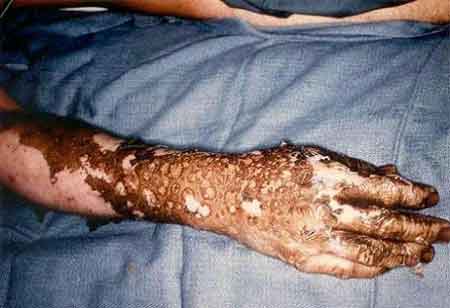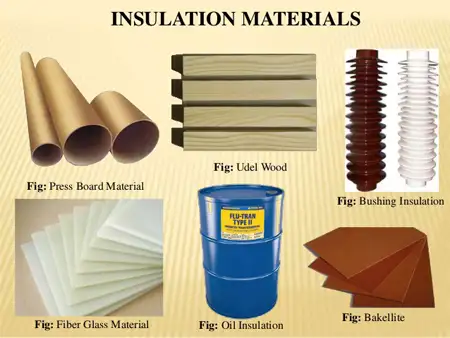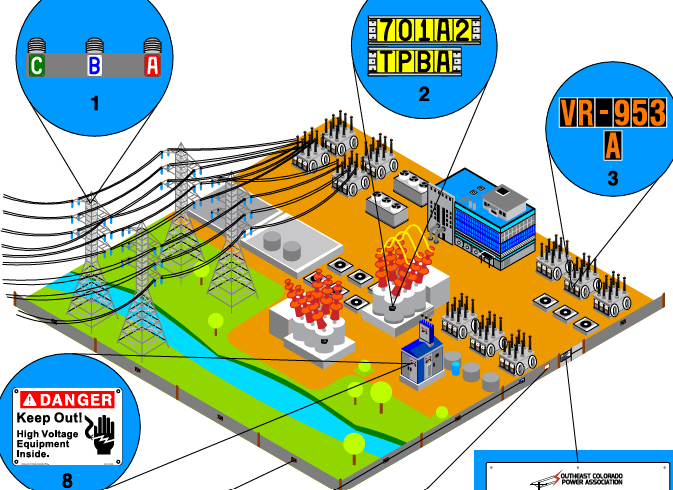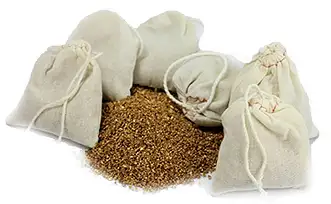Reactors In Power System And Its Afffect On Transformer
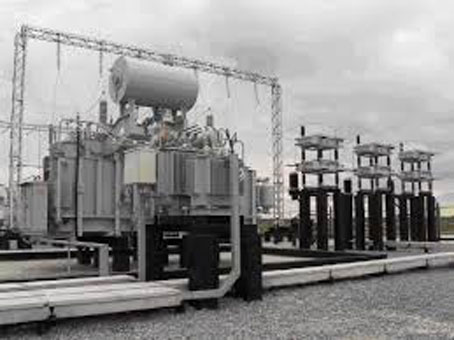
Power Transformer Maintenance Training
Our customized live online or in‑person group training can be delivered to your staff at your location.
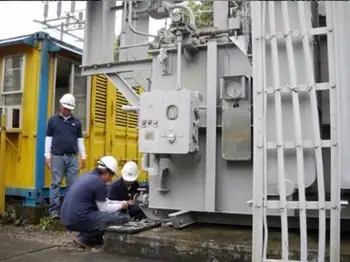
- Live Online
- 12 hours Instructor-led
- Group Training Available
Download Our OSHA 4474 Fact Sheet – Establishing Boundaries Around Arc Flash Hazards

- Understand the difference between arc flash and electric shock boundaries
- Learn who may cross each boundary and under what conditions
- Apply voltage-based rules for safer approach distances
Reactors in Power System and Its Afffect on Transformer mitigate fault current, damp inrush and transients, add series impedance, reduce harmonics, and enhance voltage regulation for grid stability and transformer protection.
What Are Reactors in Power System and Its Afffect on Transformer?
They limit fault current, curb inrush, add impedance, cut harmonics, improve voltage regulation to protect transformers.
✅ Limit short-circuit currents and transformer stress
✅ Reduce inrush, harmonics, and improve power quality
✅ Enhance voltage regulation and system stability
Reactors in power systems control voltage levels, limit fault currents and improve power quality in utility transformers. These inductive components are strategically installed to manage reactive power, mitigate short-circuit currents, and reduce voltage fluctuations, ensuring the stability and efficiency of the electrical grid. Without reactors, transformers can experience excessive voltage stress, increased losses, and potential damage due to high fault currents. This article explores the function of reactors in power systems, their impact on transformer performance, and why they are essential for maintaining grid reliability and operational safety. Readers looking for fundamentals can review the function of a transformer to see how core principles relate to reactor applications.
Electrical Transformer Maintenance Training
Substation Maintenance Training
Request a Free Training Quotation
Limiting Short Circuit Currents
One of the primary functions of reactors is to limit short-circuit currents. When a fault occurs in the system, excessive current can flow through transformers and other electrical components, causing mechanical and thermal stress. Reactors help manage these currents by introducing reactance, thereby reducing energy losses and preventing catastrophic damage. By doing so, they protect high-voltage transformers from overheating and insulation breakdown, ultimately extending their operational lifespan. Design choices in windings and insulation are outlined in the transformer components overview for context on how reactors mitigate stress.
Electricity Today T&D Magazine Subscribe for FREE

- Timely insights from industry experts
- Practical solutions T&D engineers
- Free access to every issue
Voltage Stability and Regulation
Voltage levels and system stability are also closely tied to the use of reactors, including their placement in power grids. Sudden fluctuations in load can lead to voltage instability, which can adversely affect transformers. Reactors help stabilize voltage by counteracting these fluctuations, maintaining consistent voltage transformation across different operating conditions. This ensures that transformers function within safe operating limits, preventing unnecessary strain on their windings and insulation. In substation environments, the role of reactors is coordinated with the electrical substation transformer to maintain steady bus voltages.
Harmonic Filtering
Another crucial aspect of reactors in power systems is their ability to filter harmonics. Harmonics are unwanted distortions in the electrical waveform caused by nonlinear loads, and they can lead to excessive heating and insulation degradation in transformers. By absorbing harmonic currents, reactors minimize these distortions and improve overall power quality. This enhances the efficiency of power transmission and distribution, reducing the risk of transformer failures due to harmonic-related overheating. For a broader context on core design and impedance, see power transformers explained and how filtering complements those characteristics.
Reactive Power Compensation
Reactive power compensation is another important function of reactors in electrical power systems. Transformers rely on a balanced power factor to operate efficiently, and reactors assist by controlling reactive power flow. A poor power factor can lead to increased losses and inefficiencies, but by incorporating reactors, utilities can optimize the performance of power transformers and reactors while reducing energy waste. This contributes to a more stable and cost-effective power grid. In bulk transmission, the interaction between shunt reactors and the power transformer helps maintain acceptable power factors under varying load profiles.
Managing Inrush Currents
Additionally, reactors help manage inrush currents during transformer energization. When a high-voltage transformer is switched on, it can experience a sudden surge of current due to magnetic flux build-up in its core. This inrush current can cause voltage sags and unnecessary stress on transformer windings. Reactors limit this surge by controlling the rate at which magnetic fields develop, protecting transformers from excessive wear and tear while maintaining system stability. Coordinated energization practices are especially important with a distribution-class power transformer to minimize service voltage dips.
Frequently Asked Questions
How do reactors in a power system help protect transformers from short circuits?
Reactors are essential components in power systems that limit short circuit currents, thereby protecting transformers and other equipment from excessive electrical and thermal stress. When a fault occurs, the sudden surge of current can damage transformer windings and insulation. By adding reactance into the circuit, reactors restrict the magnitude of the fault current, preventing catastrophic failures and ensuring that circuit breakers can safely interrupt the fault. This helps maintain system reliability and extends the lifespan of transformers.
What role do reactors play in voltage regulation and system stability?
Voltage fluctuations in power systems can negatively impact transformer performance and overall grid stability. Reactors help regulate voltage levels by controlling reactive power flow, thereby preventing overvoltage conditions during light load periods and mitigating voltage drops during heavy load conditions. By balancing reactive power, reactors contribute to system stability, ensuring transformers operate efficiently and within their designed voltage limits, reducing stress on insulation and core materials.
How do reactors reduce harmonic distortion and improve power quality in transformers?
Harmonics in power systems arise due to nonlinear loads, which generate distorted waveforms. These distortions can lead to increased heating, insulation degradation, and reduced efficiency in transformers. Reactors, particularly harmonic filtering reactors, help absorb or block these unwanted frequencies, preventing excessive current flow through transformer windings. This improves power quality, reduces energy losses, and enhances the reliability of both transformers and the entire electrical network.
Test Your Knowledge About Utility Transformers!
Think you know Utility Transformers? Take our quick, interactive quiz and test your knowledge in minutes.
- Instantly see your results and score
- Identify strengths and areas for improvement
- Challenge yourself on real-world electrical topics
Why is reactive power compensation important for transformers, and how do reactors assist in this process?
Reactive power is necessary for maintaining voltage levels and ensuring the efficient operation of transformers. However, an excessive amount of reactive power can lower the power factor, leading to inefficiencies and increased energy losses. Reactors, especially shunt reactors, help absorb excess reactive power, thereby improving the power factor and reducing unnecessary load on transformers. This enhances efficiency, minimizes heating, and helps utilities optimize power transmission and distribution systems.
What are the different types of reactors used in power systems, and how do they impact transformer performance?
There are primarily two types of reactors used in power systems: series reactors and shunt reactors. Series reactors are connected in series with transmission lines or transformer circuits to limit short circuit currents and protect equipment from damage. Shunt reactors, on the other hand, are connected across transmission lines to compensate for reactive power, stabilizing voltage and preventing overvoltage conditions. Both types contribute to improved transformer performance by enhancing protection, maintaining voltage balance, and optimizing energy efficiency.
Reactors in power systems play a crucial role in ensuring the efficient and reliable operation of transformers by controlling fault currents, stabilizing voltage levels, and improving power quality. By limiting short circuit currents, reactors protect transformers from excessive electrical and thermal stress, preventing damage and prolonging their lifespan. They also help maintain voltage stability by managing reactive power, reducing fluctuations that could negatively impact transformer performance. Additionally, reactors mitigate harmonic distortion, improving power quality and reducing energy losses. Whether through series reactors for fault current limitation or shunt reactors for voltage regulation and reactive power compensation, these components are essential for optimizing transformer efficiency and safeguarding the overall electrical grid. Field planners can also assess how reactor strategies scale down to the distribution transformer across feeders and laterals.






